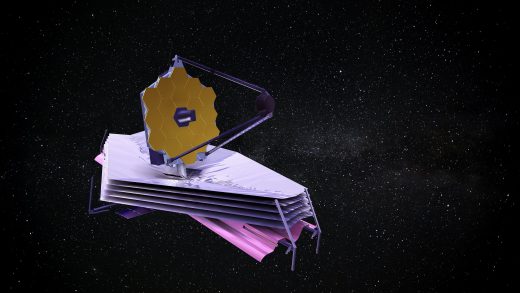JAXenter: Let’s talk about low code workflows. What opportunities does this open up?
Deepak Giridharagopal: A lot of technology and tooling for cloud-native architecture was not originally designed for the masses – it was created and designed by some of the largest tech companies around who need to massively scale and have a lot of developers to help them do this. As a result, it’s created a lot more complexity, not simplicity.
Due to this complexity, there’s been a major skills gap happening in our industry with cloud-native architectures in particular. Our intention in building Relay to be low code is to close this skills gap. Our low-code cloud workflow platform enables people who have limited coding or scripting experience to build automation that reduces toil for them and their business within these complex systems. And the full power of Relay’s underlying automation platform is always available to users, should the need arise.
SEE ALSO: Tutorial: How to quickly deploy a TIG stack using Puppet Bolt
JAXenter: How has migrating to the cloud changed how we operate?
Deepak Giridharagopal: The cloud presents organisations with tons of choices and is dynamic in ways traditional infrastructure is not. As a consequence, the rate of change in cloud environments is radically higher and there’s a lot to manage. As I like to say, it’s a universal truth that managing more things is much harder than managing fewer things.
The goals of how we operate don’t necessarily change: you still have to ensure your cloud infrastructure is secure, compliant, cost-effective, and working harmoniously. But the complexity of what you need to manage has definitely changed. The need to continuously automate “day 2 operations” becomes essential. You can’t keep up when doing things manually – the cloud demands automation.
JAXenter: Of course, in the past year, working remotely has become mainstream. In your opinion, how has working remotely affected DevOps?
Deepak Giridharagopal: The big change that I’ve noticed within the DevOps space this year is that faster-than-expected cloud migration that happened due to the increased pressure to “digitally transform.” This has vastly changed the DevOps landscape. We now have way more IT operators in the pipeline than before and a much higher need for site reliability.
The importance of reducing toil and mean time to recovery is much higher now than before. As I’ve been preaching above, you’ve got more events, APIs, and services in play than ever before. And usually the person in charge of this is the SRE or someone that quickly needs to develop the skill set of an SRE.
From my vantage point something’s gotta give. I think we’ll see a democratization of SREs, getting those skills in the hands of more people through accessible tools that make it easy to do high level and sophisticated automation in a simple way.
SEE ALSO: “One of the greatest things about the Java ecosystem is the diversity of people and technology”
JAXenter: The newest Puppet release, Relay, is “built around event-driven workflows”. Could you explain what that means?
Deepak Giridharagopal: Cloud infrastructure is dynamic and can change rapidly. That is, after all, a big selling point of the cloud in the first place. Things can change faster than the speed of a human clicking a button, or an engineer committing code to a repo. Cloud-native architectures are service-oriented, with events constantly exchanged between different services at different layers. The cloud is ornate, and that makes even basic operational tasks significantly more complicated as you have to touch many different components to get anything done.
This is a dynamic, event-driven world. Thus, the way we approach automation in these environments must also be event-driven. If the rate of change in your infrastructure outpaces your ability to keep up, then it’s only a matter of time before it runs away from you. An event-driven approach to automation lets you keep up. Event-driven workflows are responsive and robust – Relay triggers workflows automatically in response to the events of your choice.
The future lies in self-healing infrastructure. That journey begins with automation that understands the events happening in your systems, and that automatically reacts accordingly.
Thank you so much Deepak!
The post “The future lies in self-healing infrastructure.” appeared first on JAXenter.
Source : JAXenter














